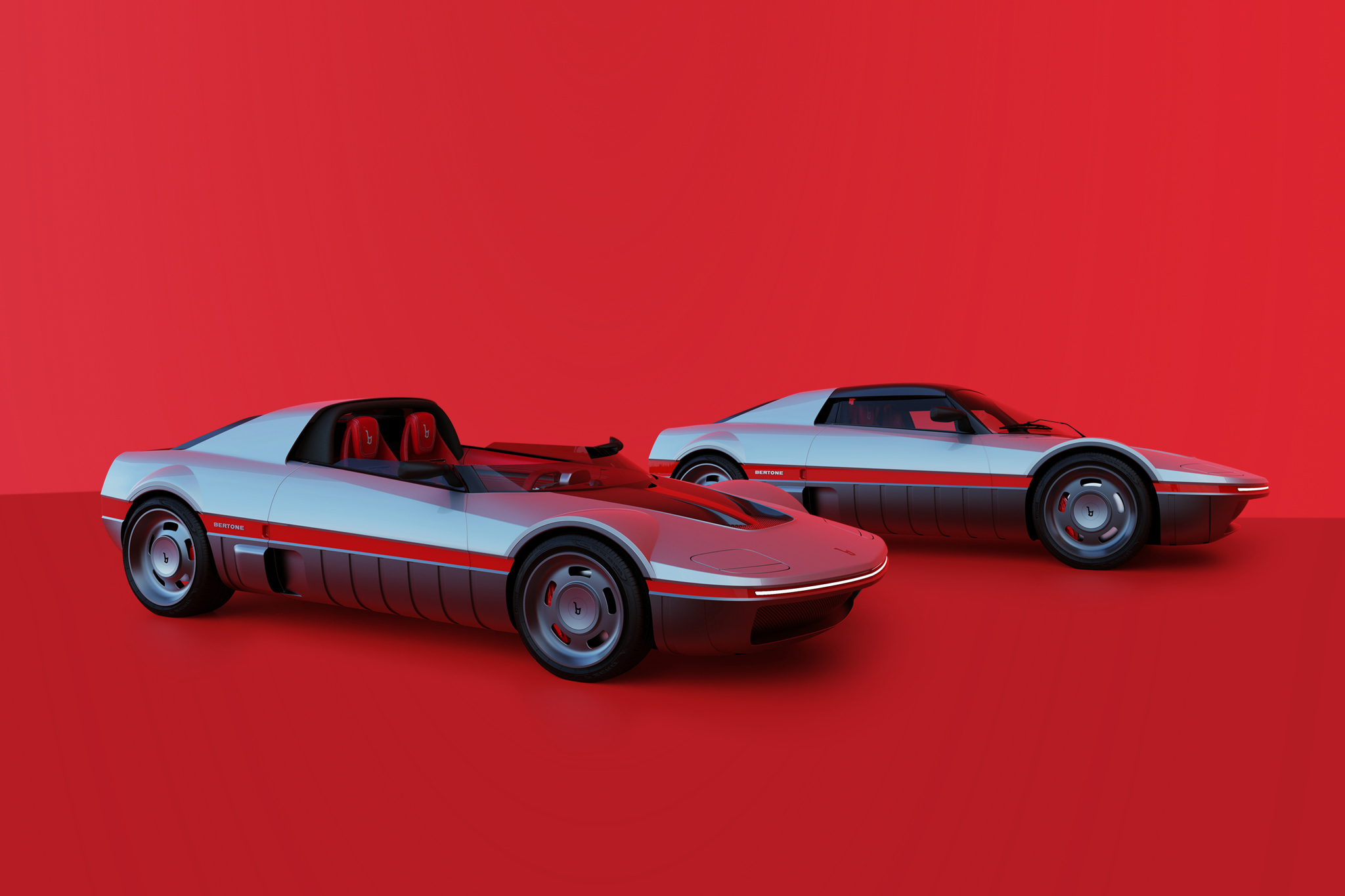Ford Consul Capri
The Ford Capri was available in three model generations from 1968 to 1986. Right? Wrong! At least partially. In fact, there was already a Ford model with this name from 1961. And although it was developed primarily for the British market, this car was also available from Ford dealers in continental Europe for a time. However, sales figures were limited. All the more astonishing that after this commercial failure, the aforementioned and famous three model generations were launched. But let’s start at the beginning. In 1961 the Ford Consul 315 (also called “Consul Classic” in some brochures) made its debut. While the chassis was mostly the same as the Anglia 105E, the Consul received slightly larger Kent four-cylinder engines. Despite an appearance that was already outdated at its premiere, Ford sold more than 111,000 units in Great Britain and other RHD markets until 1963.
Two-door coupé was given the name Consul Capri
In addition to the classic four-door sedan, Ford also presented the two-door coupé on the same basis in 1961. This was given the model name Consul Capri. Various design features were naturally found again. The front features round double headlights, the sides have clearly visible creases and the rear has small fins above the round taillights. Above this, Roy Brown designed a thoroughly stylish roof with thin pillars and large windows. He dispensed with B-pillars in favor of fully opening side windows. The Consul Capri made its debut at the 1961 IAA (Frankfurt Motor Show). Originally, Ford of Great Britain intended to send the car exclusively for export. However, potential customers in continental Europe received the car less enthusiastically than expected. Only 88 orders were received during the IAA.


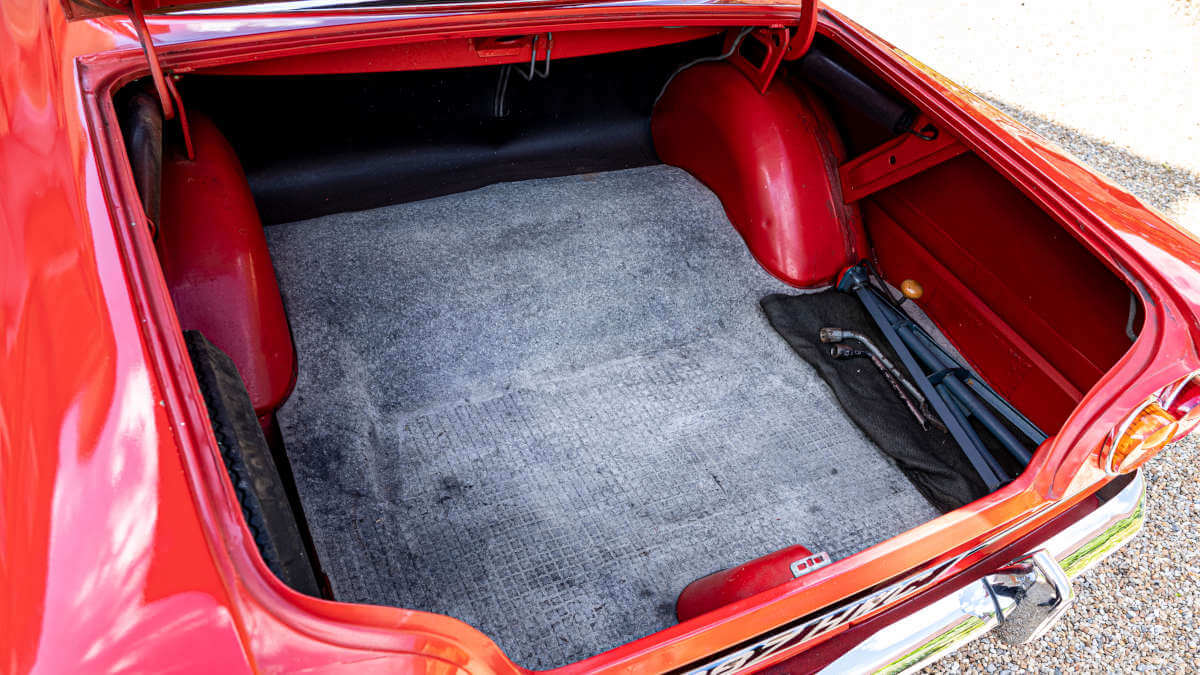

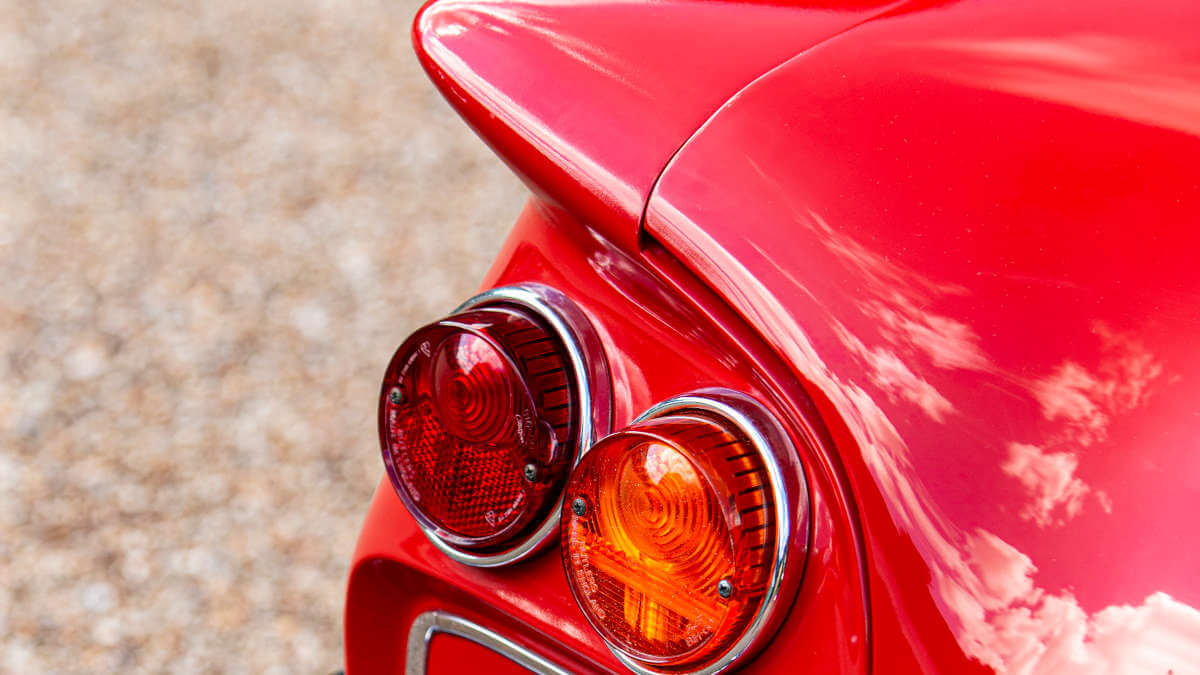











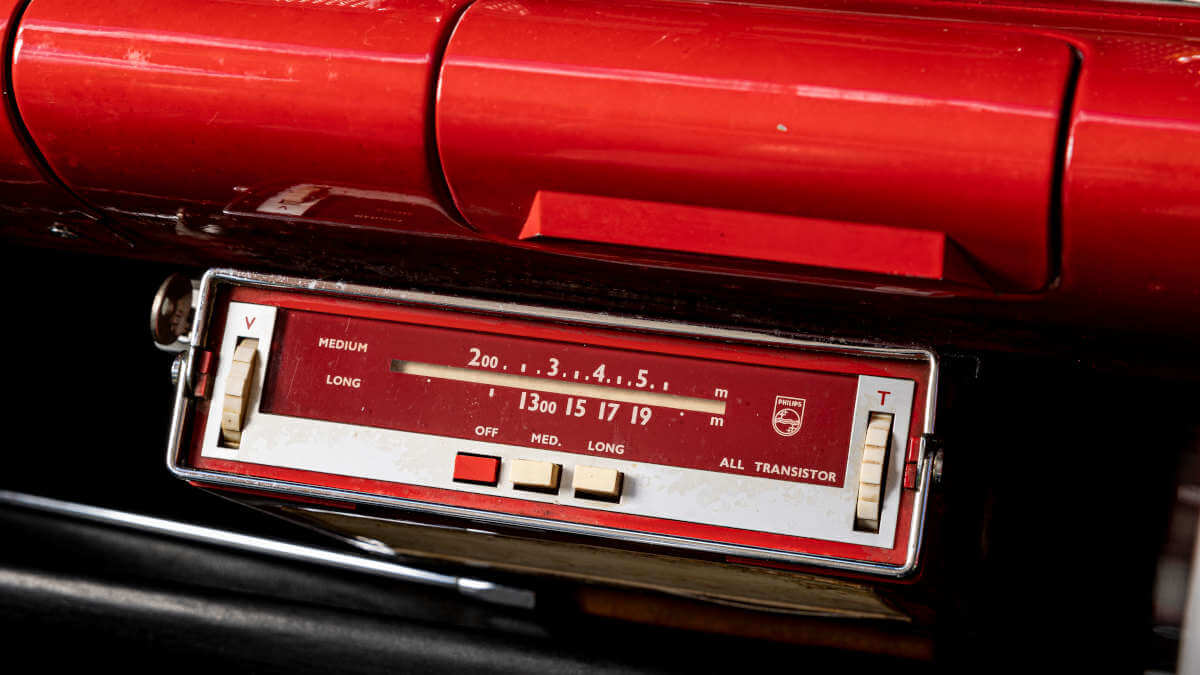













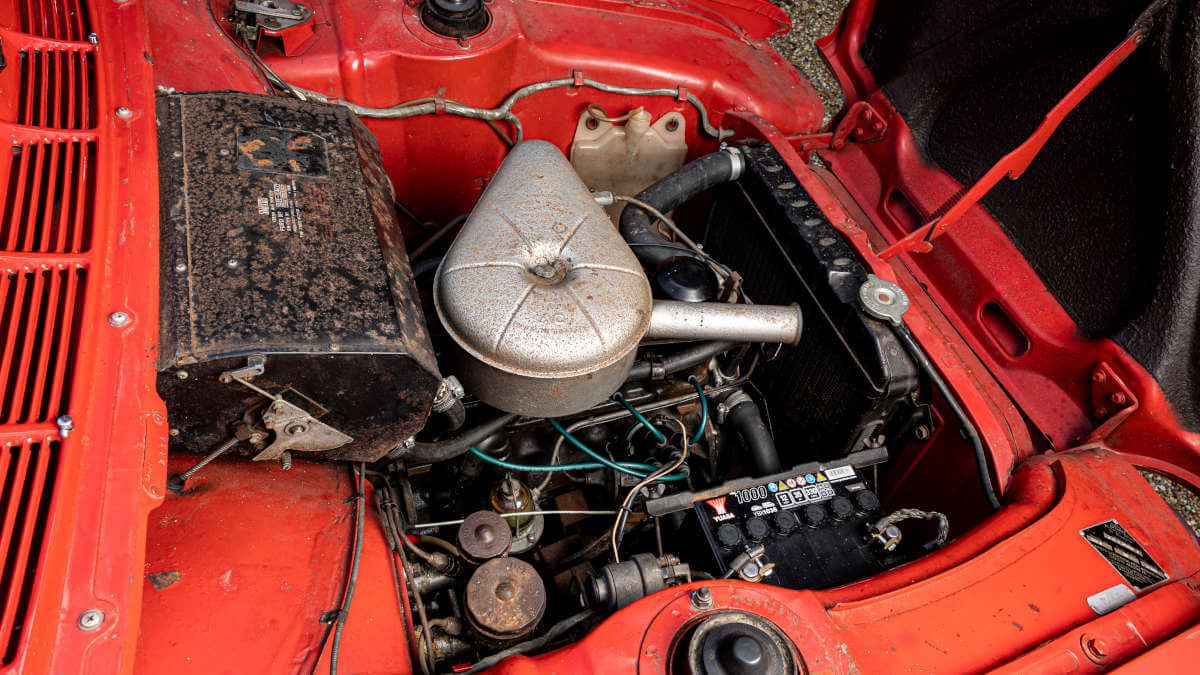

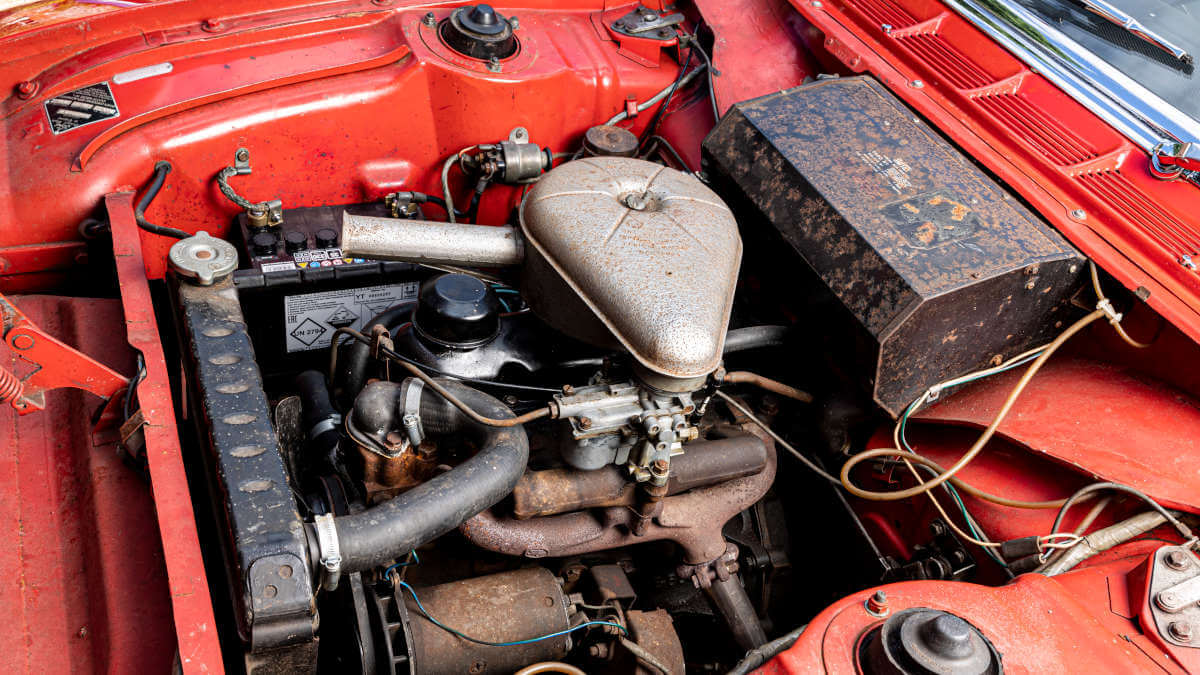







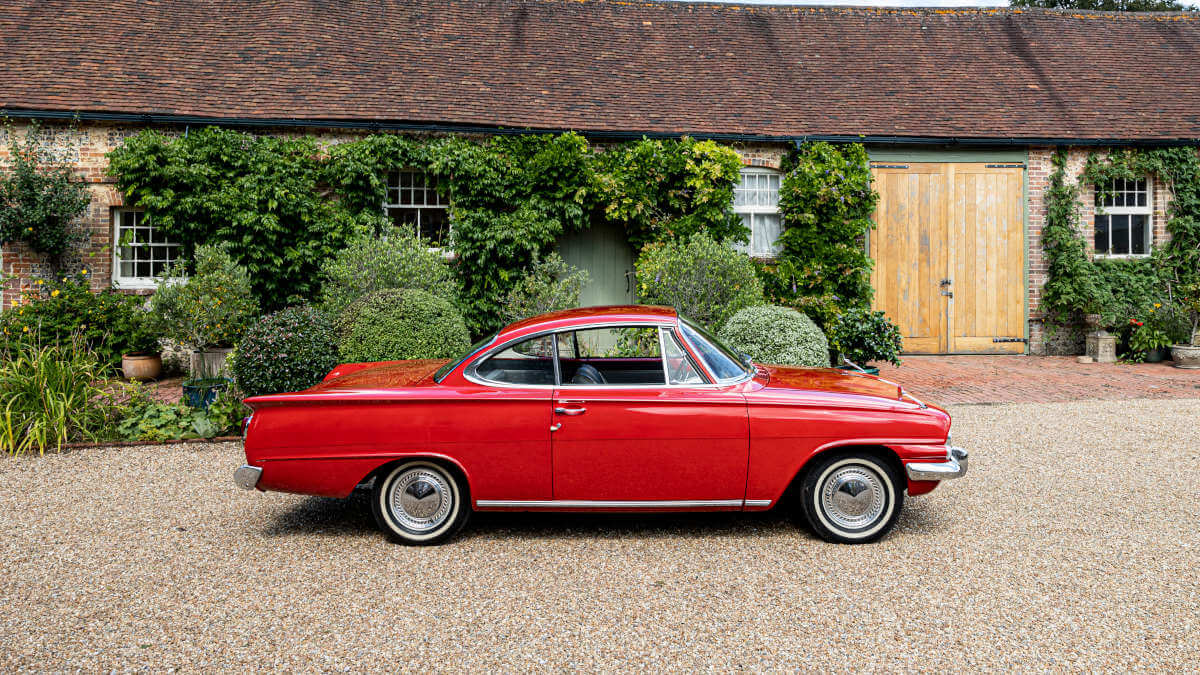

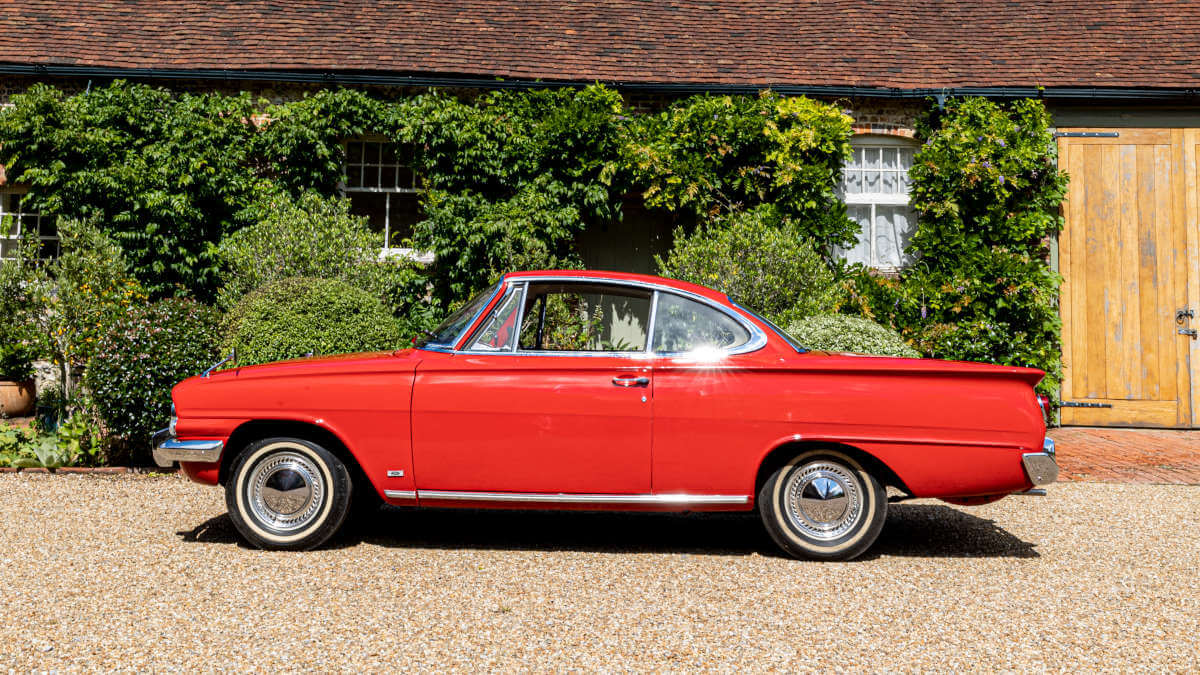



Originally developed for export
However, Ford had already pre-produced 200 left-hand drive vehicles for export by hand. The bodyshells came from Pressed Steel Company and were completed at Ford’s Dagenham plant. The same applied to the Consul Classic. This production proved to be cost and time intensive. At the same time, new production schedules came from Ford headquarters in Dearborn, which could never be met for these models. Even the relocation of final production from Dagenham to Halewood from February 1963 didn’t help. By the end of 1964, the Consul Capri dropped out of the lineup after 19,421 units. Despite the low numbers, there were three engine variants. Initially, a 1.3-liter engine produced 39 kW/54 hp. Due to various technical defects such as breaking crankshafts, Ford installed a 1.5-liter engine with 43 kW/59 hp from August 1962. The crankshaft, which now had five bearings, proved to be much more durable. The manual transmission could be ordered with either a shift lever on the center tunnel or a shifter on the steering column.
Bonhams auctions off a Consul Capri
In February 1963, Ford followed up with the Consul Capri GT. The 1.5-liter engine continued to work under the hood. However, a modified cylinder head, sharper camshafts, dual carburetors, new intake and exhaust manifolds and a larger Y-pipe increased power to 55 kW/75 hp. Thus the first Ford with the GT abbreviation reached a topspeed of nearly 99 mph. At Bonhams, a Ford Consul Capri 1500 Deluxe is up for auction on September 5. The current owner acquired the never-restored car from the Sharpe Collection in 2005 and has since stored it in dry storage. For the auction, the mechanical parts were looked over and replaced where necessary. The mileage of just 14,799 miles seems believable, the paint original. Despite the rarity of this model, Bonhams expects only between £ 14,000 and £ 18,000 as the highest bid.
Images: Bonhams



